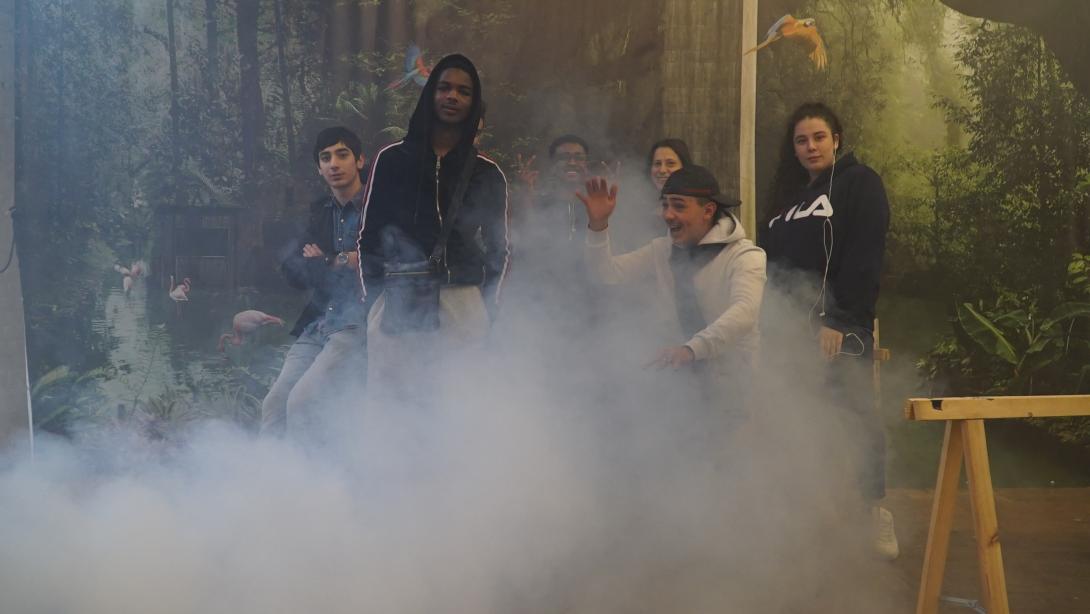Close Encounters
On the creationprocess of Close Encounters
A text by the Close Encounters team on the creation process. General information about the performance and the credits are to be found here.
Close Encounters was created during 8 different moments from April till October 2021, together with 13 youngsters aged between 14 and 20 and 4 adults born between 1974 and 1996, some of them even speaking five different languages. We recorded 52 hours of conversations, threw 132 ping pong balls in the air and welcomed nine more youngsters in the last week, who joined the project.
Our meetings started during the second lockdown when we were wondering if we should not present the performance on a bench, on floating canoes, or by telephone. To then decide that we wanted to meet, in a room, in real life.
So here we are, grasping the time that separates us from you. Together, we will have a dialogue that consists of many dialogues in one. We’ve been talking two by two, from many different perspectives and about diverse topics. We have a different age, different skin colors; our gender and our desires are plural. Our multiple words have coagulated into one dialogue that now is ours. A dialogue that embraces all of us and that is too much for one person alone. All the words come from experiences that the participants of the workshop have lived. These words have been pronounced, they mean something for someone. Today we would like to bring them to life again, together with you
What's not to love?
“What’s not to love” van Peter Crawley over Your words in my mouth in 2019.
Close Encounters is the final piece of a tryptic. All three performances Close encounters, Your words in my mouth and A Certain Value consider stepping in other people’s perspective about commons, love, intimacy and the possibility of a change. Below you can read a text about Your words in my mouth, a performance that touches the same topics as Close Encounters.
What do we talk about when we talk about love? The short answer, Anna Rispoli makes clear, is that we talk first about ourselves: our experience, reflections and imagination. The playful conceit of their production, though, is to make us not just consider but also represent the perspectives of a distant stranger.
Bringing small audiences into a series of intimate venues, and asking us to renact a conversation that took place somewhere else, may be an unconventional and unrehearsed act of theatre, but it provides a disarmingly subtle route into one of theatre’s more fundamental aims: to arouse empathy, to put yourself in someone’s place.
To be both performer and audience is a curious thing, at once dividing and sharpening attention. Here, the pricks of self-consciousness (the sound of your voice, your eyesight, your cues) gradually dissipate to allow your “character”, and that in front of you, to materialise, each advancing views that flatter, amuse or affront your own.
Love, no less than art, is a political subject, quickly ushering in conversations about traditional monogamy, the emotional complexity of open relationships or the exhausting efforts of polyamory, one proponent’s antidote to “a society that is institutionalising itself around the couple”. To some people, even two is a crowd.
You may forget, for instance, the sex or age of a speaker, blurring into their reader, and concentrate better on the opinion. You listen carefully to yourself and each other.
Even if just for an hour, you assume a wholly new identity, you see yourself differently and become absorbed in different views. What’s not to love?

